Pulished on Aug. 06, 2025
When choosing ceramic tableware, the 8-inch (diameter approximately 20 cm) ceramic plate and the 6-inch (diameter approximately 15 cm) ceramic bowl are considered a
perfect match. These two types of vessels have been verified by the market for over a century and perfectly meet the dining needs of modern families: the 8-inch plate can
hold a whole steamed fish or 8-10 pieces of fried chicken, while the 6-inch bowl is just right for holding single-serving rice or soup. The "Asian Household Tableware Usage
White Paper" released by the Tokyo Burn Research Institute in 2023 shows that these two sizes are used in Chinese households at a frequency of up to 78%.
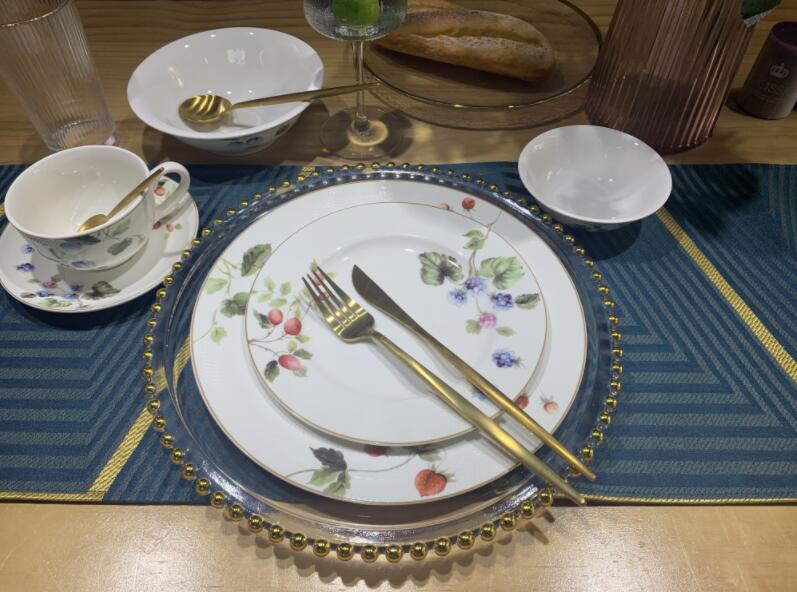
Space utilization: The 20 cm diameter, which is in line with ergonomics, can fully present the dish shape and does not exceed two-thirds of the radius of the dining turntable,
ensuring convenient food retrieval.
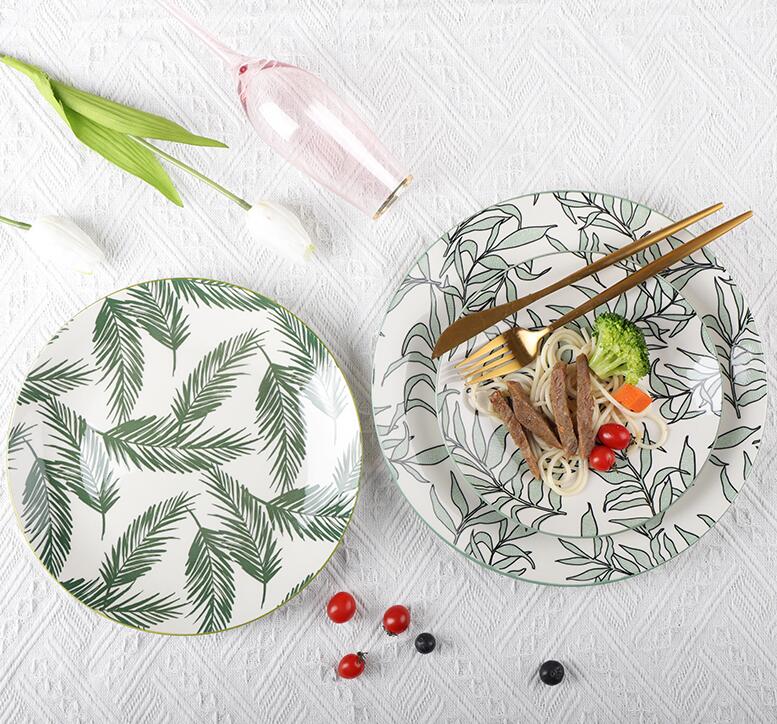
Material compatibility: The coarse ceramic 8-inch plate wholesale from China is particularly suitable for serving braised dishes, as its micro porous structure can absorb
excess oil; while the white ceramic plate becomes the best carrier for sashimi platters, and can maintain freshness for 40 minutes after being chilled.
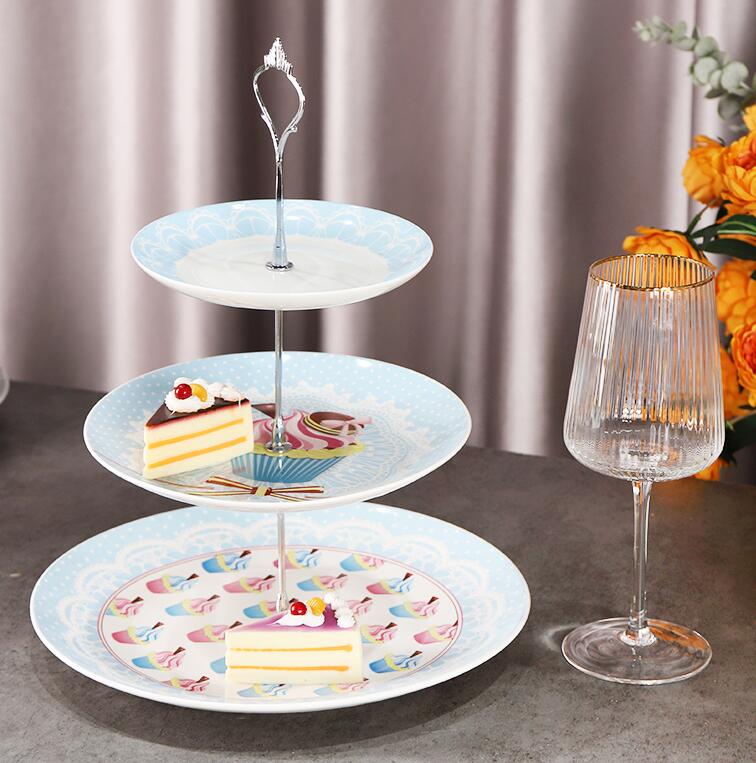
Scene extension: Through stacking techniques, the 8-inch plate can be transformed into a tea snack stand (with scones on the bottom and macarons on the top), achieving
multi-purpose use with one vessel.
Capacity golden ratio: The 450 ml volume precisely meets the recommended single-person staple food intake in the "Chinese Residents' Dietary Guidelines", and the 15°
inclined design of the bowl rim can effectively reduce the spillage of soup when scooping.
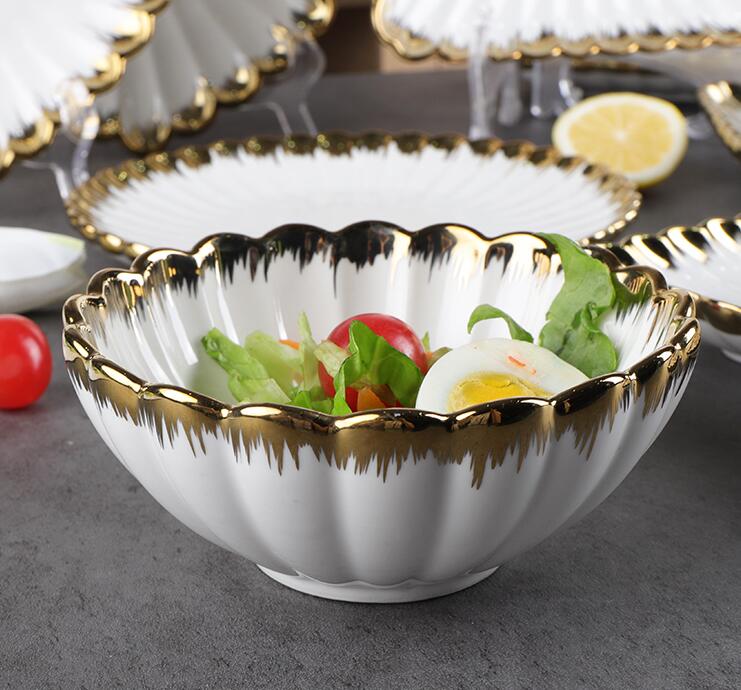
Material science: Porcelain 6-inch bowls perform well in rapid cooling and heating tests (with a temperature difference tolerance of 200°C), making them particularly suitable
for microwave heating; while the 6-inch specification of the imitation ancient blue and white bowl is the best size for separating tea soup.
Storage aesthetics: The diameter of the 6-inch bowl forms a golden ratio with the height of most kitchen drawers, saving up to 35% of space when standing upright.
When the 8-inch plate and the 6-inch bowl manufactured from Chinese factory are used together, a wonderful dining effect is created: the former serves as the visual center
to display the main dish, while the latter assumes the functional role. This combination is widely used in Japanese set meals, Chinese four-course soup dishes, etc. The New York
Museum of Modern Art even listed it as "the most successful tableware design case of the 20th century".
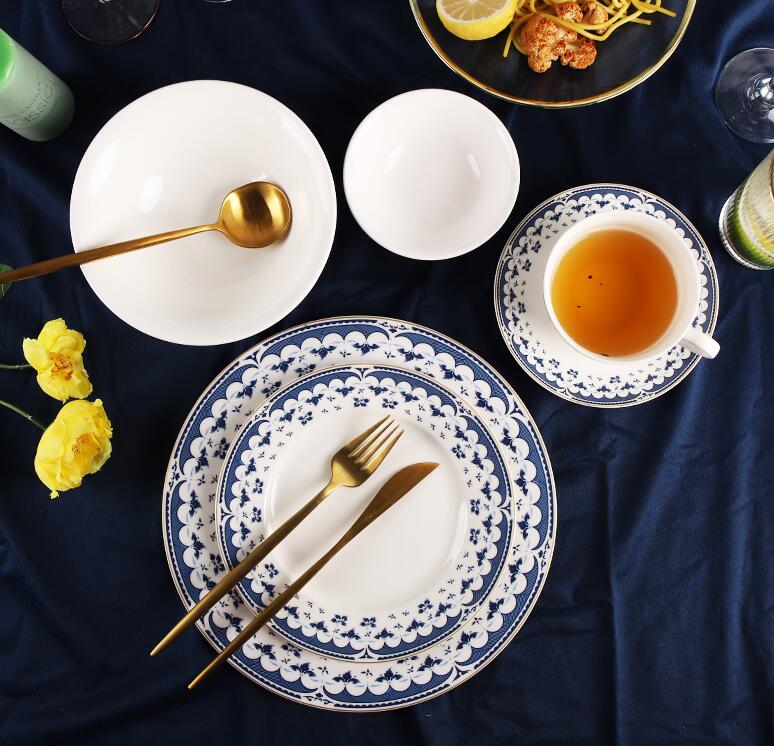
Confirm national standards: The thickness of the 8-inch plate should be ≥ 2.8 mm as per GB 4806.4-2024, and the wall thickness of the 6-inch bowl should be ≥ 3 mm.
Be wary of "fake 6-inch": Some manufacturers mark a 5.5-inch bowl as a 6-inch one, but the actual capacity will be reduced by 20%. Innovative variant: The recently
popular 6.5-inch deep bowl is more suitable for holding dishes that require stirring, such as stir-fried noodles.